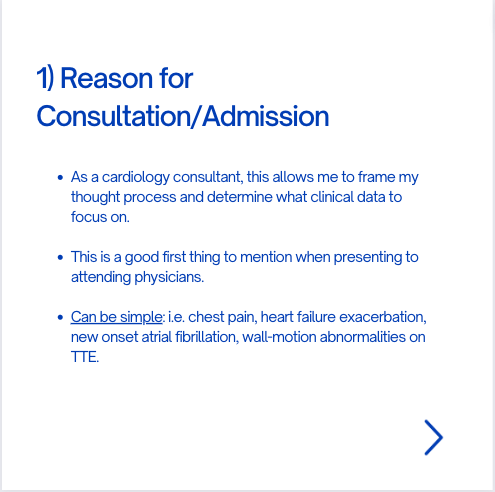One of the most important diagnostic tests in Cardiology to interpret is the EKG.
Here are my thoughts and notes. Will continue to this thread. Let me know what you think!
Thread #3: ECG Leads
#arjuncardiology #medtwitter #CardioTwitter #MedEd #IMG
Here are my thoughts and notes. Will continue to this thread. Let me know what you think!
Thread #3: ECG Leads
#arjuncardiology #medtwitter #CardioTwitter #MedEd #IMG
ECG Leads:
- Body act as a conductor of electricity; the recording electrodes in the arms, legs, and chest wall show the differences in voltage (potential) among electrodes
- Different views of the same event leads to different ECG patterns
- Body act as a conductor of electricity; the recording electrodes in the arms, legs, and chest wall show the differences in voltage (potential) among electrodes
- Different views of the same event leads to different ECG patterns

ECG Limb Leads:
- 6 Limb leads (extremity leads) and 6 chest (precordial)
- 3 bipolar limb leads: I, II, III
- 3 augmented unipolar: aVR, aVL, and aVF
- 6 precordial leads: V1-V6
- 6 Limb leads (extremity leads) and 6 chest (precordial)
- 3 bipolar limb leads: I, II, III
- 3 augmented unipolar: aVR, aVL, and aVF
- 6 precordial leads: V1-V6

Einthoven’s Triangle:
Lead I: LA - RA
Lead II: LL - RA
Lead III: LL - LA
Remember: Lead I + Lead III = Lead II
Should double check if the R-lead in lead II = sun of the R-waves in lead I and lead III (1 + 3 = 2)
Lead I: LA - RA
Lead II: LL - RA
Lead III: LL - LA
Remember: Lead I + Lead III = Lead II
Should double check if the R-lead in lead II = sun of the R-waves in lead I and lead III (1 + 3 = 2)

ECG Leads:
- Unipolar leads record the electrical voltage at one location relative to an electrode with close to 0 potential
- aVR + aVL + aVF = 0
- Unipolar leads record the electrical voltage at one location relative to an electrode with close to 0 potential
- aVR + aVL + aVF = 0

ECG Limb Leads
- V1: 4th intercostal space (right)
- V2: 4th intercostal space (left)
- V3: Mid-way b/w V2-V4
- V4: Mid-clavicle line in 5th intercostal space
- V5: Anterior axillary line
- V6: Mid-axillary line
*Placement is key, but can be highly variable*
- V1: 4th intercostal space (right)
- V2: 4th intercostal space (left)
- V3: Mid-way b/w V2-V4
- V4: Mid-clavicle line in 5th intercostal space
- V5: Anterior axillary line
- V6: Mid-axillary line
*Placement is key, but can be highly variable*

Let me know what you think and stay tuned for the next ECG thread!
• • •
Missing some Tweet in this thread? You can try to
force a refresh














